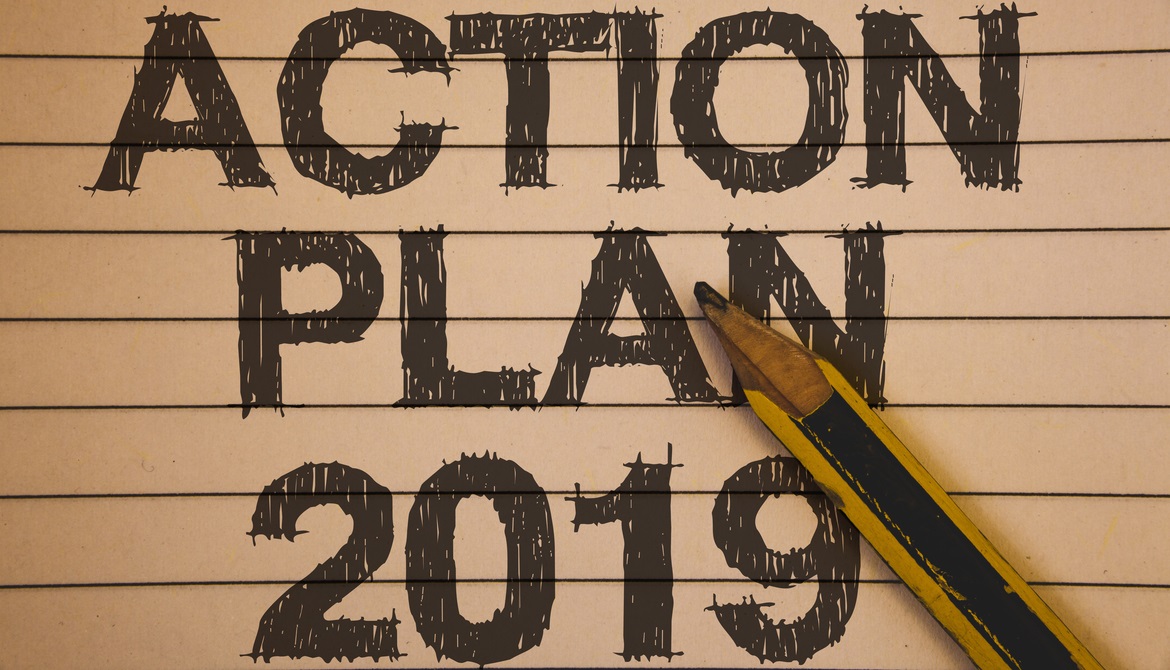4 minutes
Map out available resources before you commit to organizational goals in the new year.
December is the time of year where we look back over the past twelve months—both personally and professionally—and evaluate how the year went. Did we reach our departmental goals? Where have we fallen short? What went wrong? Are we expecting too much of people?
Personally, I have struggled at times with reaching the goals I have set for myself and, sometimes, my business. In December, I start brainstorming the things I want to accomplish personally and professionally and cultivate a list of the ideal year. This list grows and grows as I gain excitement about what could be. To give you an idea, here is my list of goals for my business three years ago:
- Refresh my brand
- Redo my website
- Create at least six videos
- Write two white papers
- Publish three leadership articles
- Grow my newsletter list by 25 percent
- Engage on LinkedIn at least twice a week
- Develop and write a new keynote speech
- Increase earnings by 20 percent
- Get certified as a Canfield Success Principles trainer
Is it possible to accomplish all of these goals? Yes, if that’s all I focus on. But I also have clients to coach, leadership programs and workshops to facilitate, professional development workshops to attend, speeches to deliver, and a business to manage.
While I had the best of intentions, the typical outcome would be that I achieved maybe two or three goals completely and started only a fraction of the others. I overestimated how much time and how many resources I had to devote to other projects besides business as usual.
I see this happen a lot in organizations. Leaders create a laundry list of goals for the year, without considering the available resources. In my experience, most overestimate how much time and people resources they have to achieve all the goals they have identified for one year. The reality is, you can’t close your credit union and stop serving members while you implement a new core system, upgrade your phone system or redo your website. All of these things have to happen in tandem.
Success coach Tony Robbins has said, “We tend to overestimate what we can accomplish in one year and underestimate what we can accomplish in ten years.”
Do you have too many goals? Maybe. There is no one magic number of strategic goals. There are many factors that contribute to how much an organization can accomplish—staffing levels and money, for example. Regardless, it’s prudent to map out the resources you have available before you commit to the goals for the new year.
But there are two other factors that could also be impacting your results: lack of clarity and lack of effective leadership.
According to Gallup, only 30 percent of employees put in their full effort at work. That means that most employees—a full 70 percent—are sleepwalking through their days, putting in only enough effort to get by. Think about this: If only 30 percent of your employees are putting in their full effort, how much productivity are you losing each year? How much more could you accomplish if more employees felt valued and engaged at work?
This is where leadership comes in. Employees who are engaged at work are more productive. In fact, a high performer is 400 percent more productive than an average performer! If leaders are focused on creating a culture where people love to come to work, we could dramatically increase productivity. Exceptional leaders can make all the difference in achieving our goals. Managers who lead with a modern leadership style (approachable, supportive, caring) and who take time to coach employees and adjust their leadership style to the needs of employees are much more effective than the traditional leader who is solely results focused.
Great leaders also take time to create clarity for their employees. When goals are not met, it’s possible your employees didn’t understand what was expected of them and what the goals were in the first place. Leaders often set goals in the beginning of the year and fail to set up a method of tracking progress. Remember this: Vague instructions = Vague results
Increasing clarity in your department and organization-wide will give employees the specifics they need to follow through and achieve goals. People can’t focus if they don’t have clarity.
When setting goals, take the time to break down the steps necessary to complete the project, assign deadlines, evaluate resources and create an ongoing check-in process for evaluating progress along the way.
In the past two years, I have been much more mindful about what I can actually accomplish in twelve months. I have chosen to focus on a few important goals that will make an impact on my business, rather than a laundry list of the ideal. I also realized I didn’t have a method in place for tracking the goals, which contributed to lackluster results. I now assign each goal to a time of year and review my progress quarterly to stay on track. Even though I have fewer goals, my results are significantly greater.cues icon
Laurie Maddalena, MBA, CPCC, PHR, is a certified executive coach, leadership consultant and founder of Envision Excellence, LLC in the Washington, D.C., area. Her mission is to create exceptional cultures by teaching leaders how to be exceptional. Maddalena facilitates management and executive training programs and team-building sessions and speaks at leadership events. Prior to starting her business, she was an HR executive at a $450 million credit union. Contact her at 240.605.7940 or lmaddalena@envisionexcellence.net.






